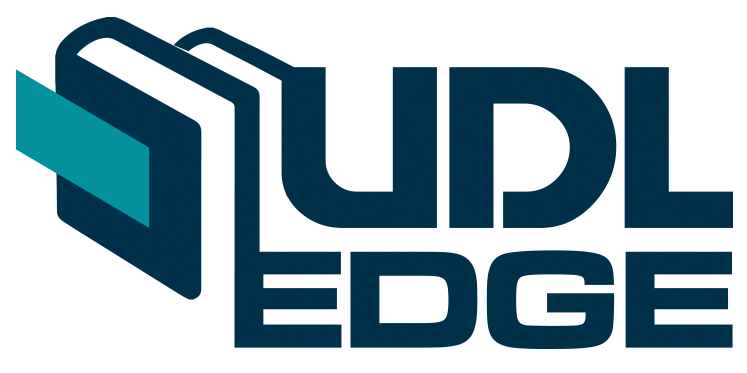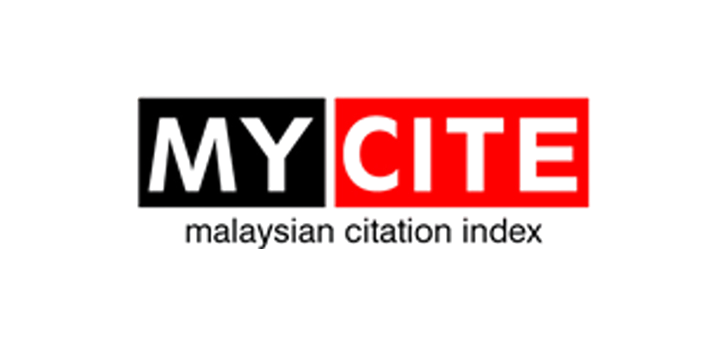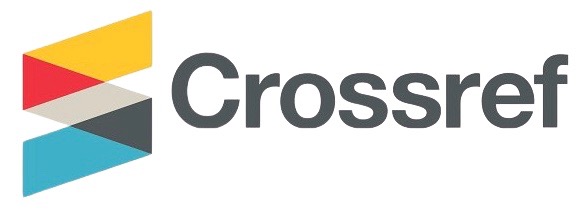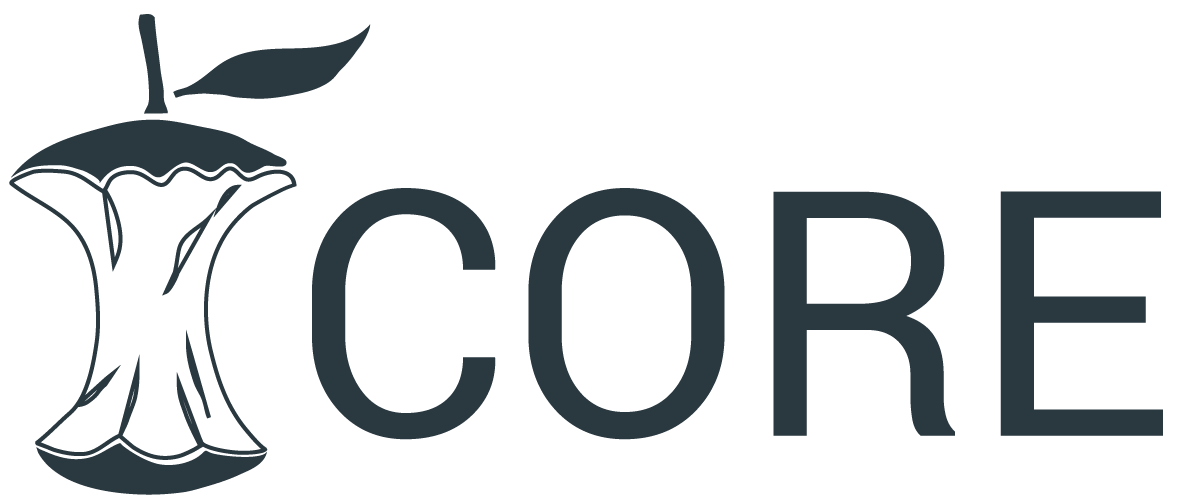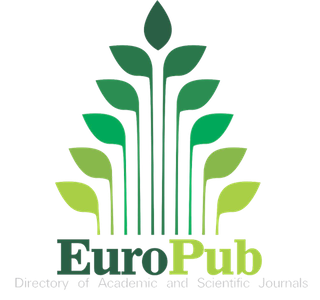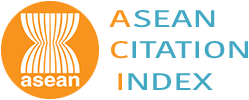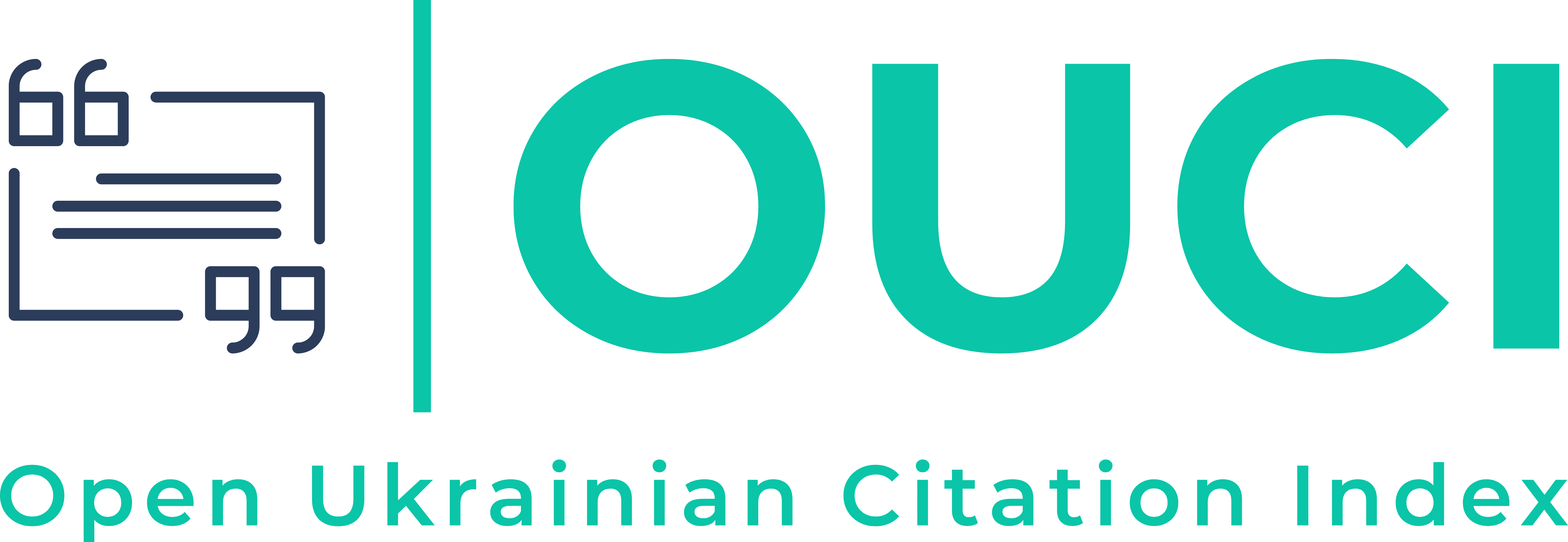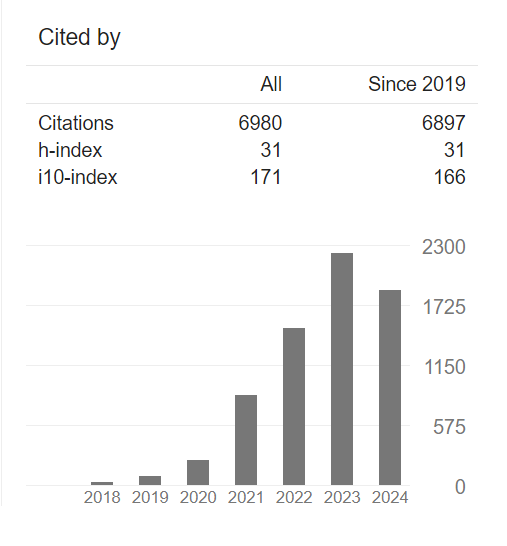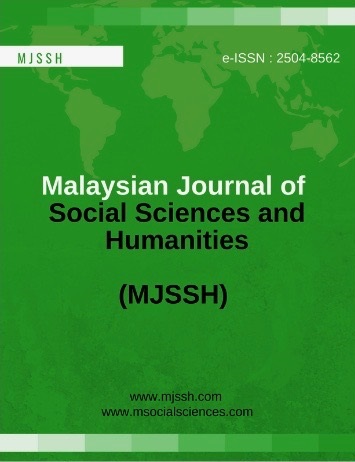KPI: Does It Still Matter? A Case Study of Tertiary Private Sector Colleges in Sabah
Abstract
ey Performance Indicators (KPIs) have traditionally served as vital instruments for monitoring performance and guiding strategic planning in higher education. However, the higher education landscape in Sabah, particularly within the private tertiary sector, is undergoing rapid transformation, raising questions about the continued relevance of conventional KPI frameworks. This study aims to critically examine the relevance, application, and limitations of KPIs in private colleges across Sabah, with particular attention to how socio-economic diversity, geographical challenges, and evolving educational needs shape performance measurement. Using a qualitative approach, the study draws on perspectives from academic staff, administrators, and secondary policy literature to explore how current KPI practices influence institutional behavior and educational outcomes. The analysis reveals that while KPIs provide accountability and facilitate institutional comparisons, their overreliance on quantitative metrics often neglects equally important dimensions such as faculty innovation, student engagement, community impact, and graduate employability in local industries. The findings suggest that conventional KPI models do not fully reflect the realities of private tertiary education in Sabah, where institutions must balance financial sustainability with broader social and developmental roles. The study concludes by proposing a revised framework that integrates both quantitative and qualitative indicators to provide a more holistic and context-sensitive performance evaluation system. This reorientation not only enhances the relevance of KPIs in Sabah but also offers practical recommendations for policymakers and administrators seeking to reform performance measurement in private tertiary institutions.
Downloads
References
Ahmad, N., & Zawawi, R. (2021). Key performance indicators and quality assurance in Malaysian higher education: Challenges and prospects. Asian Journal of University Education, 17(2), 45–60. https://doi.org/10.24191/ajue.v17i2.13234
Almarzooq, Z. I., Lopes, M., & Kochar, A. (2020). Virtual learning during the COVID-19 pandemic: A disruptive technology in graduate medical education. Journal of the American College of Cardiology, 75(20), 2635–2638. https://doi.org/10.1016/j.jacc.2020.04.015
Altbach, P. G., & de Wit, H. (2020). The challenge to academic freedom in the world’s universities. International Higher Education, 100, 2–4. https://doi.org/10.6017/ihe.2020.100.10947
Aziz, M. I. A. (2018). Higher education performance indicators in Malaysia: Measuring quality in a dynamic environment. Quality in Higher Education, 24(1), 57–70. https://doi.org/10.1080/13538322.2018.1427015
Azlan, M. (2019). The role of performance indicators in addressing educational challenges in Sabah. Journal of Higher Education Research, 32(4), 227–238.
Beghetto, R. A. (2019). What if? Building students’ problem-solving skills through complex challenges. ASCD.
Bowen, G. A. (2009). Document analysis as a qualitative research method. Qualitative Research Journal, 9(2), 27–40. https://doi.org/10.3316/QRJ0902027
Braun, V., & Clarke, V. (2006). Using thematic analysis in psychology. Qualitative Research in Psychology, 3(2), 77–101. https://doi.org/10.1191/1478088706qp063oa
Braun, V., & Clarke, V. (2021). One size fits all? What counts as quality practice in (reflexive) thematic analysis? Qualitative Research in Psychology, 18(3), 328–352. https://doi.org/10.1080/14780887.2020.1769238
Brown, A. (2021). The rise of non-traditional students and the need for flexible education models. Journal of Continuing Education in Higher Education, 63(4), 291–300. https://doi.org/10.1080/07377363.2021.1940873
Brown, M., & Harvey, L. (2023). Measuring student success in higher education: Challenges and opportunities. Journal of Higher Education Policy, 48(3), 201–220.
Cheng, M., & Blackmore, P. (2021). Reimagining performance in higher education: Culture, critique and change. Palgrave Macmillan. https://doi.org/10.1007/978-3-030-74685-8
Clark, B. R. (2022). The higher education system: Academic organization in cross-national perspective. University of California Press.
Creswell, J. W., & Poth, C. N. (2018). Qualitative inquiry and research design: Choosing among five approaches (4th ed.). Sage.
Daniel, J. (2020). Education and the COVID-19 pandemic. Prospects, 49(1–2), 91–96. https://doi.org/10.1007/s11125-020-09464-3
Dill, D. D., & Beerkens, M. (2020). Designing the framework conditions for assuring academic standards: Lessons learned about professional, market, and regulatory models. Higher Education, 79(3), 421–437. https://doi.org/10.1007/s10734-019-00432-0
Ghaffar, A., Ahmed, S., & Patel, R. (2022). The role of KPIs in balancing financial and educational priorities in private colleges. International Journal of Education Management, 36(7), 1021–1045.
Grewal, D., Levy, M., & Kumar, V. (2023). Balancing growth and quality: Metrics for sustainable performance in education. Journal of Business Research, 157, 113592. https://doi.org/10.1016/j.jbusres.2022.113592
Guest, G., Bunce, A., & Johnson, L. (2006). How many interviews are enough? Field Methods, 18(1), 59–82. https://doi.org/10.1177/1525822X05279903
Hanafiah, M. H., & Yusof, A. H. (2019). Performance measurement in higher education: A strategic management approach. International Journal of Educational Management, 33(6), 1041–1055. https://doi.org/10.1108/IJEM-05-2018-0141
Harkins, M. (2020). Measuring what matters: Assessing creativity and soft skills in higher education. Journal of Educational Innovation and Leadership, 8(2), 34–49.
Hashim, N. A. (2021). Part-time faculty and its impact on student learning outcomes in Malaysian private colleges. International Journal of Educational Management, 35(6), 1201–1215. https://doi.org/10.1108/IJEM-08-2020-0423
Hazelkorn, E., & Gibson, A. (2020). Public good, public policy, and performance: Higher education’s trilemma. Studies in Higher Education, 45(2), 338–350. https://doi.org/10.1080/03075079.2019.1665320
Holloway, J. (2020). Key performance indicators in higher education: A critical analysis of their role. Higher Education Journal, 45(2), 112–126.
Jackson, D. (2019). An employability process model for higher education. Journal of Education and Work, 32(1), 37–70. https://doi.org/10.1080/13639080.2019.1566141
Kallio, H., Pietilä, A.-M., Johnson, M., & Kangasniemi, M. (2016). Systematic methodological review: Developing a framework for a qualitative semi-structured interview guide. Journal of Advanced Nursing, 72(12), 2954–2965. https://doi.org/10.1111/jan.13031
Kamaruddin, N., & Abdullah, R. (2020). The role of key performance indicators in assessing graduate employability: The Malaysian context. Journal of Education and Work, 33(5–6), 529–546. https://doi.org/10.1080/13639080.2020.1776228
Kaplan, R. S., & Norton, D. P. (2004). Strategy maps: Converting intangible assets into tangible outcomes. Harvard Business School Press.
Knight, P., McKay, R., & Johnson, D. (2020). Personalized learning and its impact on higher education KPIs. Studies in Higher Education, 45(6), 987–1004. https://doi.org/10.1080/03075079.2018.1564267
Leiber, T., Stensaker, B., & Harvey, L. (2018). Impact evaluation of quality assurance in higher education: Methodology and causal designs. Quality in Higher Education, 24(1), 51–68. https://doi.org/10.1080/13538322.2018.1433118
Lim, P. K., & Goh, T. H. (2020). Financial sustainability and quality in Malaysian private higher education institutions. Education + Training, 62(4), 423–438. https://doi.org/10.1108/ET-05-2019-0117
Lincoln, Y. S., & Guba, E. G. (1985). Naturalistic inquiry. Sage.
Lynch, M., O’Rourke, K., & Sharpe, R. (2022). Digital transformation in higher education: Aligning pedagogy, technology, and institutional strategy. British Journal of Educational Technology, 53(2), 205–218. https://doi.org/10.1111/bjet.13151
Malterud, K., Siersma, V. D., & Guassora, A. D. (2016). Sample size in qualitative interview studies: Guided by information power. Qualitative Health Research, 26(13), 1753–1760. https://doi.org/10.1177/1049732315617444
Marginson, S. (2018). The new market-driven global higher education landscape: Toward a theory of institutional self-interest. Higher Education, 75(2), 215–231. https://doi.org/10.1007/s10734-017-0125-3
Marginson, S. (2021). Public/private in higher education: A dynamic interface. Higher Education, 81(1), 1–15. https://doi.org/10.1007/s10734-020-00623-w
Marr, B. (2021). Data-driven strategies for higher education performance. Wiley.
Mat Zain, M., Nasir, S. H., & Ahmad, F. M. (2020). Overcoming socio-economic barriers to education in rural Sabah: A case study of private colleges. International Journal of Educational Development, 72, 102124. https://doi.org/10.1016/j.ijedudev.2019.102124
Merriam, S. B., & Tisdell, E. J. (2016). Qualitative research: A guide to design and implementation (4th ed.). Jossey-Bass.
Ministry of Higher Education Malaysia. (2020). Malaysia education blueprint (Higher education) 2015–2025: Annual report 2020. Ministry of Higher Education Malaysia.
Mohamad, M., Aziz, M. I. A., & Rahman, A. (2020). Measuring institutional performance in Malaysian higher education: A case for revising KPIs. International Journal of Educational Management, 34(4), 601–615. https://doi.org/10.1108/IJEM-12-2018-0400
Murray, D., & Nallaya, S. (2016). Embedding graduate attributes and employability skills: A curriculum mapping approach. Journal of Further and Higher Education, 40(2), 170–186. https://doi.org/10.1080/0309877X.2014.938261
Ng, P. T., & Tan, C. (2020). Managing quality assurance in higher education: Lessons from Malaysia. International Journal of Educational Management, 34(1), 78–92. https://doi.org/10.1108/IJEM-01-2019-0027
Nisar, M. A. (2015). Higher education governance and performance-based funding as an ecology of games. Higher Education, 69(2), 289–302. https://doi.org/10.1007/s10734-014-9773-4
Nor, M. Y. (2021). Bridging the gap between local industries and higher education: The Sabah experience. Journal of Southeast Asian Education, 15(3), 98–109.
OECD. (2021). Skills outlook 2021: Learning for life. OECD Publishing. https://doi.org/10.1787/0ae365b4-en
Patton, M. Q. (2015). Qualitative research & evaluation methods (4th ed.). Sage.
Pham, H. H., & Nguyen, H. T. (2020). COVID-19: Challenges and opportunities for Vietnamese higher education. Higher Education in Southeast Asia and Beyond, 8, 22–24.
Rajagopal, R., & Umi, K. M. (2018). Student retention and employability in private higher education institutions in Malaysia. Journal of Education and Work, 31(5–6), 529–545. https://doi.org/10.1080/13639080.2018.1542269
Saeed, S., & Asghar, M. (2022). Rethinking the role of KPIs in higher education: Between accountability and educational quality. Journal of Educational Management and Policy, 34(2), 110–123.
Salleh, M. N. M., & Ariffin, R. (2019). Research funding challenges in private higher education institutions in Malaysia. Asian Journal of University Education, 15(1), 21–30.
Santiago, P., Tremblay, K., Basri, E., & Arnal, E. (2008). Tertiary education for the knowledge society: OECD thematic review of tertiary education. OECD Publishing. https://doi.org/10.1787/9789264046535-en
Scott, G. (2020). Strategic performance management in higher education: A framework for success. Educational Management Administration & Leadership, 48(3), 394–412. https://doi.org/10.1177/1741143218802598
Shah, M. (2021). The impact of performance-based funding on higher education institutions: An international perspective. Journal of Higher Education Policy and Management, 43(2), 161–176. https://doi.org/10.1080/1360080X.2020.1733734
Sharma, R., & Kumari, V. (2022). The role of digital transformation in higher education institutions: A case study approach. Education and Information Technologies, 27(2), 1347–1366. https://doi.org/10.1007/s10639-021-10732-2
Soutar, G. N., & Ridings, C. M. (2019). Assessing graduate attributes: The limitations of traditional metrics. Assessment & Evaluation in Higher Education, 44(5), 720–735. https://doi.org/10.1080/02602938.2018.1523672
Tait, A. (2022). Lifelong learning and soft skills in higher education: Responding to global challenges. International Journal of Lifelong Education, 41(1), 15–28. https://doi.org/10.1080/02601370.2021.2002824
Tertiary Education Commission. (2021). Assessing the relevance of KPIs in the digital age. Higher Education Policy Journal, 38(3), 421–439.
Thomas, D. (2021). Performance indicators in higher education: Time for a paradigm shift? Quality in Higher Education, 27(1), 1–15. https://doi.org/10.1080/13538322.2021.1889482
Usher, A., & Medow, J. (2018). Global higher education rankings: Emerging trends and policy implications. Higher Education Policy, 31(3), 367–384. https://doi.org/10.1057/s41307-017-0071-2
Yin, R. K. (2018). Case study research and applications: Design and methods (6th ed.). Sage.
Yorke, M. (2018). Student engagement: Deep, shallow, or misunderstood? Quality in Higher Education, 24(2), 101–114. https://doi.org/10.1080/13538322.2018.1488583
Yusof, M. A., & Jamian, A. R. (2020). Access and equity in higher education: Challenges in Sabah and Sarawak. Malaysian Journal of Higher Education Policy and Management, 12(1), 45–59.


